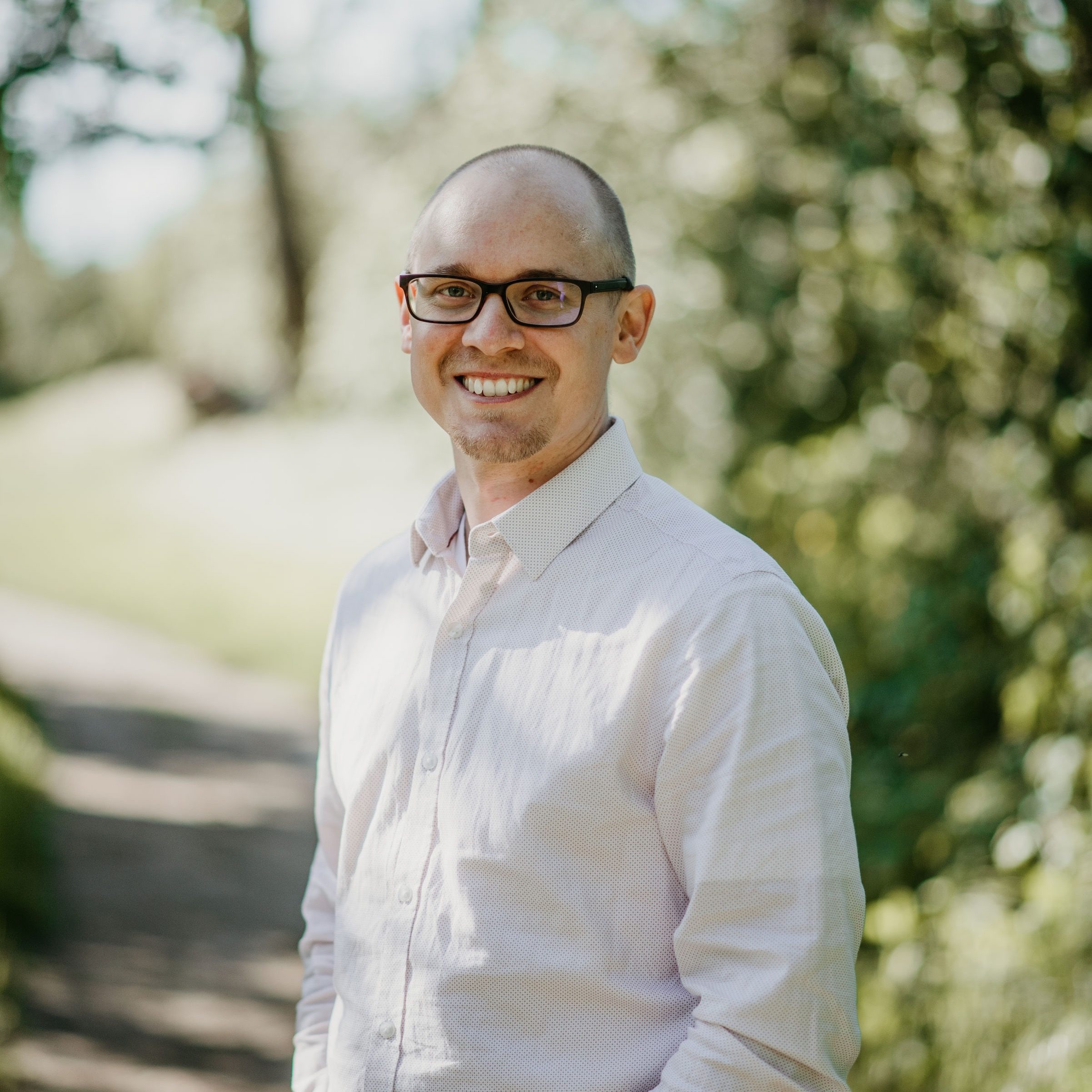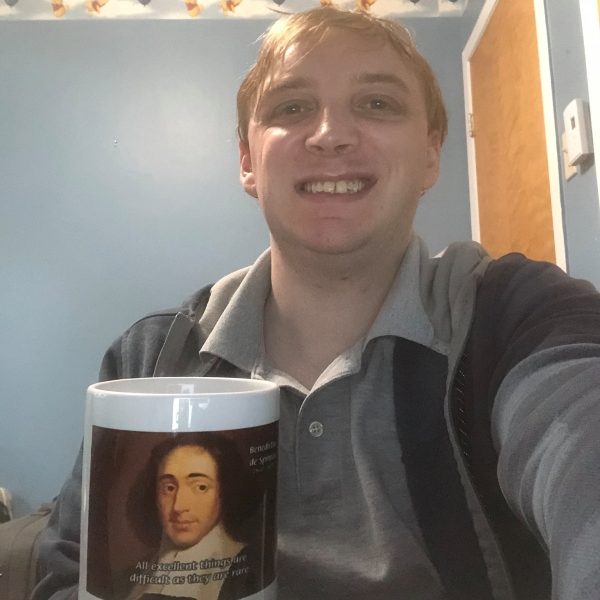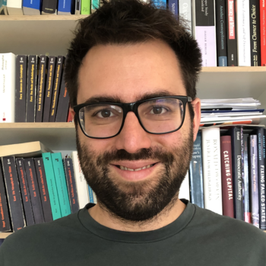In this post, Michael Walschots discusses his article recently published in Ergo. The full-length version of Michael’s article can be found here.

Not so long ago, saying that Immanuel Kant had something interesting to say about love would have struck most people as odd. As a prototypical rationalist who looks down upon the sensible side of human existence, it was assumed that love plays an insignificant role in Kant’s thought. Thankfully, this stereotype is fading due to very important research on Kant’s understanding of love published in the past few years.
In Love’s Enlightenment, for instance, Ryan Patrick Hanley argues that Kant is one of the truly preeminent modern theorists of love because of the radical alternative Kant proposes to what Hanley calls the ‘sentimentalist’ and ‘theological’ conceptions that preceded him (Hanley 2017, 135).
In his 2018 book Kant on Love, Pärttyli Rinne carries out the most comprehensive study of Kant’s understanding of love published to date. In it, he illustrates both that Kant has quite a lot to say about love and that his account is relatively detailed, systematic, and consistent throughout all of his major writings (Rinne 2018, 1).
In Sex, Love, and Gender: A Kantian Theory, Helga Varden argues that, although Kant himself had mistaken views about sex and gender minorities, Kant’s philosophy nonetheless contains the philosophical resources we need to better understand sex, love, and gender in ways that can improve the experience and lives of those most affected by the misunderstanding of these concepts (Varden 2020, 7-8).
Collectively, this recent research illustrates that Kant’s understanding of love might not be as objectionable as one might have expected from a philosopher with such old-fashioned (to put it mildly) views about women, sex, and marriage.
At the same time, a consensus has emerged in the literature, according to which Kant understands love to be a purely pathological phenomenon. Kant himself suggests this reading in various places: in the Metaphysics of Morals, for instance, he claims that
“[l]ove is a matter of feeling [Empfindung], not of willing” (6:401).
He also states that what he calls “practical love”– namely benevolent action from duty – should not be considered love properly speaking because it is “conduct” rather than a feeling (6:399).
However, Kant also makes an additional claim about love that complicates conceiving of it as a mere feeling. He claims, namely, that
“love in general […] can be divided into that of benevolence and that of complacence (benevolentiae et complacentiae), and both (as is self-evident) must be rational” (6:45n, translation modified)
This “general division” of love, as Rinne has called it (Rinne 2018: 1), is central to Kant’s thinking and raises some important questions about his understanding of love more generally. Perhaps most importantly: Does Kant really think that “love in general”, i.e., all love, can be classified as either benevolence or complacence and thus that all love is rational?
We can only answer this question once we know how Kant understands both benevolence and complacence in the first place. And although Kant and his commentators have lots to say about benevolence, unfortunately not much attention has been given to complacence.
My aims in this paper are twofold:
- I offer an interpretation of Kant’s notion of complacence by situating it next to what is likely the historical inspiration for it, namely Francis Hutcheson’s own very similar notion, with which Kant was familiar and with whose terminology Kant remains consistent.
- I seek to identify the sense in which both benevolence and complacence are rational, for Kant, in light of my previous analysis.
The paper has five sections.
In section one (1), I introduce Kant’s distinction between benevolence and complacence and its place in his thought.
In section two (2), I outline Hutcheson’s understanding of benevolence and complacence. For Hutcheson, these two types of love correspond to the two central topics of moral philosophy, namely the approval of morally good action, affection, and character by the moral sense (love of complacence) and the motive of morally praiseworthy action (love of benevolence). Hutcheson conceives of these two types of love as rational in the sense that they can only have rational beings as both their subject and object.
In section three (3), I offer an interpretation of Kant’s conception of love of complacence that is informed by certain features of Hutcheson’s understanding of the term. More specifically, I argue that Kant understands complacence as approval and that he distinguishes between two kinds of approval, namely sensible and intellectual, depending on whether the object we approve of is a maxim that promotes happiness or one that is consistent with morality, respectively.
In section four (4), I argue that both complacence and benevolence are rational, for Kant, in the sense that they presuppose that human beings possess certain higher cognitive capacities, namely the capacity to use concepts and the ability to make inferences. I also explain how it is perfectly compatible with, and perhaps even required by, Kant’s empirical psychology for both kinds of love to be rational in this way and yet nonetheless remain a feeling.
I conclude in section five (5) by discussing some broader implications of my previous conclusions. For instance, I give reason to believe that Kant does indeed conceive of all love, properly speaking, as rational in the sense I have described. I also argue that this means that “love as attraction” (6:470), i.e. affectionate love, and sexual love do not count as love properly speaking, for Kant, because they do not involve reason.
As a whole, it is my hope that the paper places us in a position to better understand the nuances of Kant’s conception of love more generally.
References
- Hanley, R. P. (2017). Love’s Enlightenment. Cambridge University Press.
- Kant, I. (1900–). Gesammelte Schriften (Akademie Ausgabe). Vol. 1–22 Ed. Preussische Akademie der Wissenschaften, Vol. 23 Ed. Deutsche Akademie der Wissenschaften zu Berlin, Vol. 24ff. Ed. Akademie der Wissenschaften zu Göttingen.
- Rinne, P. (2018). Kant on Love. De Gruyter.
- Varden, H. (2020). Sex, Love, and Gender: A Kantian Theory. Oxford University Press.
Want more?
Read the full article at https://journals.publishing.umich.edu/ergo/article/id/4670/.
About the author

Michael Walschots is a postdoctoral fellow in the Department of Philosophy at Johannes Gutenberg University Mainz in Germany, where he is part of a project entitled: ‘Rethinking Enlightenment: The Reception of John Locke in Germany’. He is the editor and translator of Kant’s Critique of Practical Reason: Background Source Materials (Cambridge University Press, 2024) and the co-editor of Christian Wolff’s German Ethics: New Essays (Oxford University Press, 2024).







